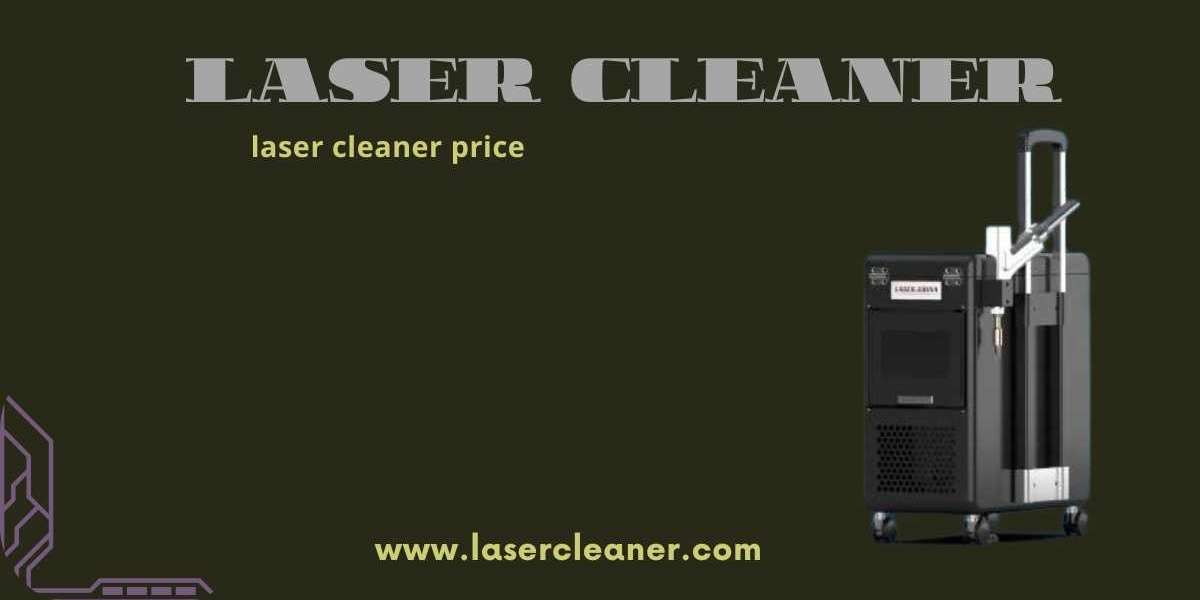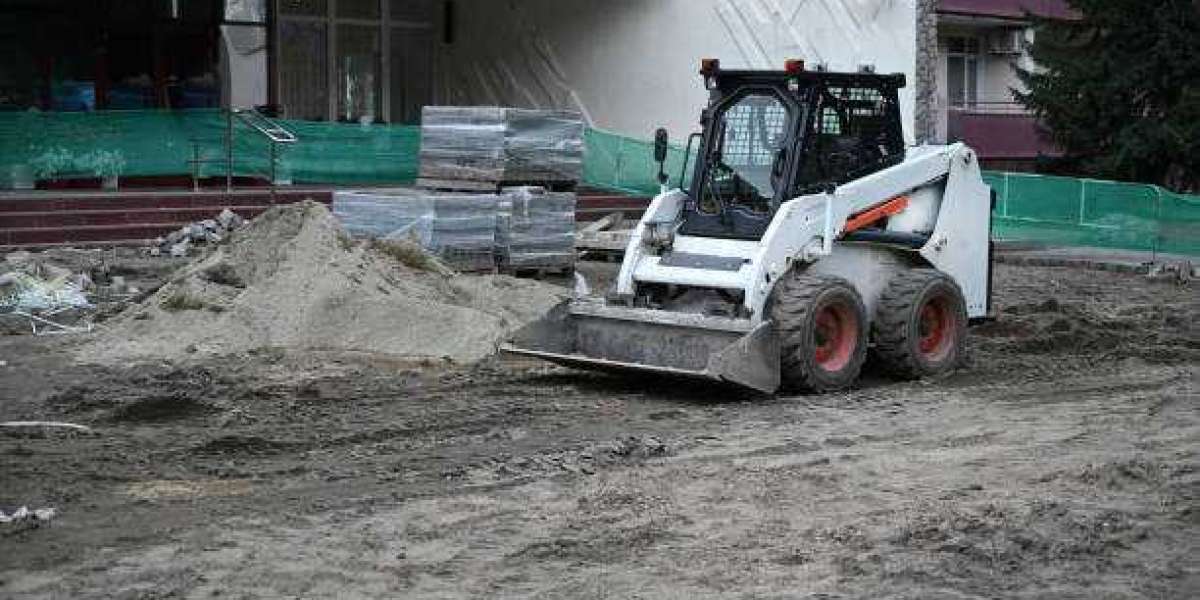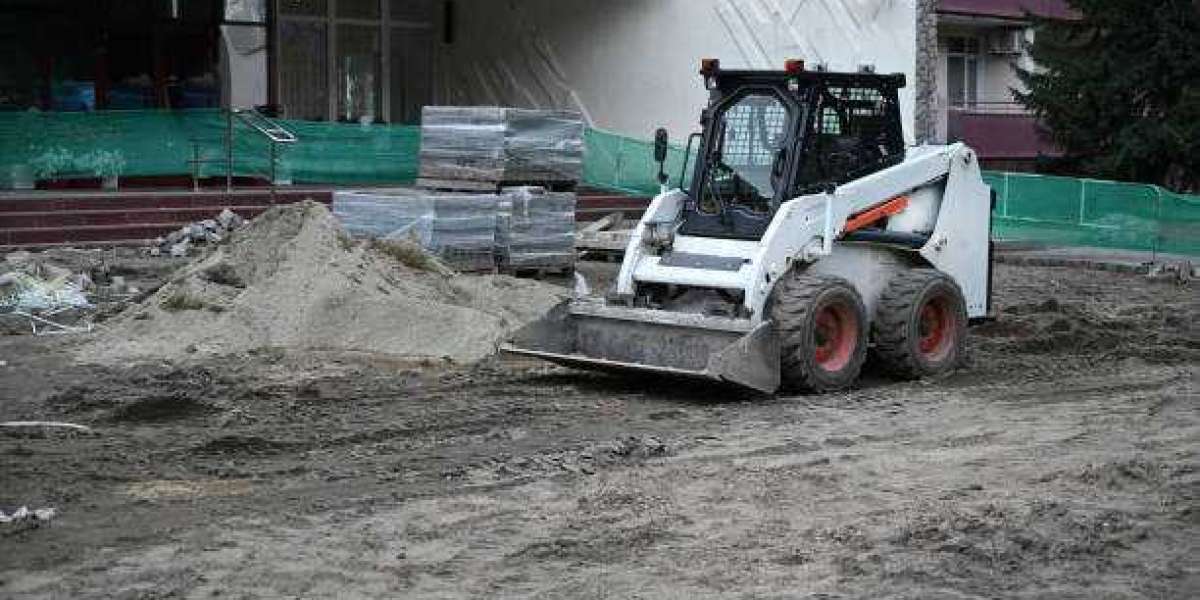A wood laser cleaner is a versatile tool used in restoration and conservation projects to remove contaminants from wood surfaces while preserving the integrity of the material. It’s particularly valuable in situations where traditional cleaning methods might damage or alter the wood. Here’s a closer look at how a wood laser cleaner works, its applications, and the main benefits it brings to wood restoration and conservation.
1. How Does a Wood Laser Cleaner Work?
A wood laser cleaner operates by directing a focused laser beam at a contaminated wood surface. This laser energy targets only the top layers of contaminants, such as dirt, mold, paint, or varnish, causing them to vaporize or detach from the wood. This process, known as laser ablation, is highly controlled, enabling only the contaminant layer to be removed while leaving the wood itself unaffected. By adjusting laser settings like intensity, wavelength, and pulse frequency, operators can tailor the cleaning process to different types of wood and contamination levels, achieving optimal results without damage.
2. Applications of Wood Laser Cleaning
Wood laser cleaners are versatile and can be used across various applications, particularly in restoration and conservation. Some of the most common applications include:
Historic Preservation: Laser cleaning is a valuable tool in historical preservation, as it can clean wood artifacts, architectural details, and furniture without altering their original features. For example, it can remove layers of old varnish or accumulated grime from antique furniture, returning it to its former beauty.
Art and Sculpture Restoration: Art and sculpture restorers use wood laser cleaners to carefully remove contaminants from delicate wood carvings and sculptures, ensuring that intricate details are not lost or damaged. Laser cleaning allows restorers to work precisely on specific areas without disturbing the surrounding material.
Furniture Refinishing: Wood laser cleaners are also widely used in furniture refinishing, where they can strip old layers of paint or varnish from wooden furniture without affecting the wood beneath. This is especially useful for valuable or antique furniture pieces where preservation of the wood is paramount.
Architectural Restoration: In architectural restoration, laser cleaning can remove surface-level contaminants from wooden beams, paneling, or other structural elements. This helps to restore the original appearance of historic wooden structures while preserving the material for future generations.
3. Benefits of Wood Laser Cleaning
a. Non-Destructive and Gentle on Wood
One of the biggest advantages of wood laser cleaning is that it’s a non-contact, non-abrasive method. Unlike traditional cleaning techniques that rely on physical abrasion or chemicals, laser cleaning is gentle and does not harm the wood’s natural texture or patina. This makes it ideal for projects requiring a high level of care, such as antique restoration or museum conservation work.
b. Precision and Control
Wood laser cleaners offer an unmatched level of precision, allowing operators to focus on small or intricate areas. This precision is crucial for delicate work, such as restoring carvings, where even slight abrasion could damage fine details. By adjusting the laser settings, users can target specific contaminants, such as mold or varnish, without over-cleaning or damaging the underlying wood.
c. Eco-Friendly and Chemical-Free
Traditional wood cleaning methods often rely on chemical strippers or solvents, which can produce toxic waste and pose health risks to operators. In contrast, wood laser cleaning is a chemical-free process that produces minimal secondary waste. The process generates only small amounts of particles or fumes, which can be captured with a fume extractor, making it an environmentally friendly option. This eco-friendly approach is ideal for organizations and individuals focused on sustainable practices in restoration.
d. Reduced Labor and Time Efficiency
Laser cleaning is typically faster than manual cleaning methods, reducing labor time and associated costs. Since the laser can remove contaminants quickly, it allows for efficient cleaning even on larger wood surfaces. This streamlined process is beneficial for commercial and conservation projects that need to meet deadlines while ensuring high-quality results.
e. Enhanced Operator Safety
Traditional wood cleaning methods that involve scraping, sanding, or the use of chemicals can expose operators to hazardous conditions. Laser cleaning reduces these risks significantly, as it doesn’t involve harmful chemicals or abrasive materials. Many wood laser cleaners come equipped with safety features, such as automatic shut-off and protective barriers, which make it safer for operators to use in various settings, from workshops to field conservation projects.
f. Versatile Applications Across Different Types of Wood
Wood laser cleaners are compatible with various types of wood, from hardwoods to softwoods, and can adapt to different contamination types and levels. Whether you’re working with oak, walnut, or a softer wood like pine, laser cleaning technology can be adjusted to suit the material, ensuring effective cleaning without damage. This versatility makes it a valuable tool for a wide range of wood restoration projects, from antiques to modern architectural elements.
Final Thoughts
Wood laser cleaners are powerful tools that offer precision, efficiency, and an eco-friendly alternative to traditional wood cleaning methods. With their gentle, non-destructive process, they’re ideally suited for applications in restoration, conservation, and refinishing, where preserving the natural beauty and integrity of wood is essential. By choosing a wood laser cleaner, restoration professionals can ensure the best possible outcomes for valuable wood pieces while upholding high standards of safety and environmental responsibility.














